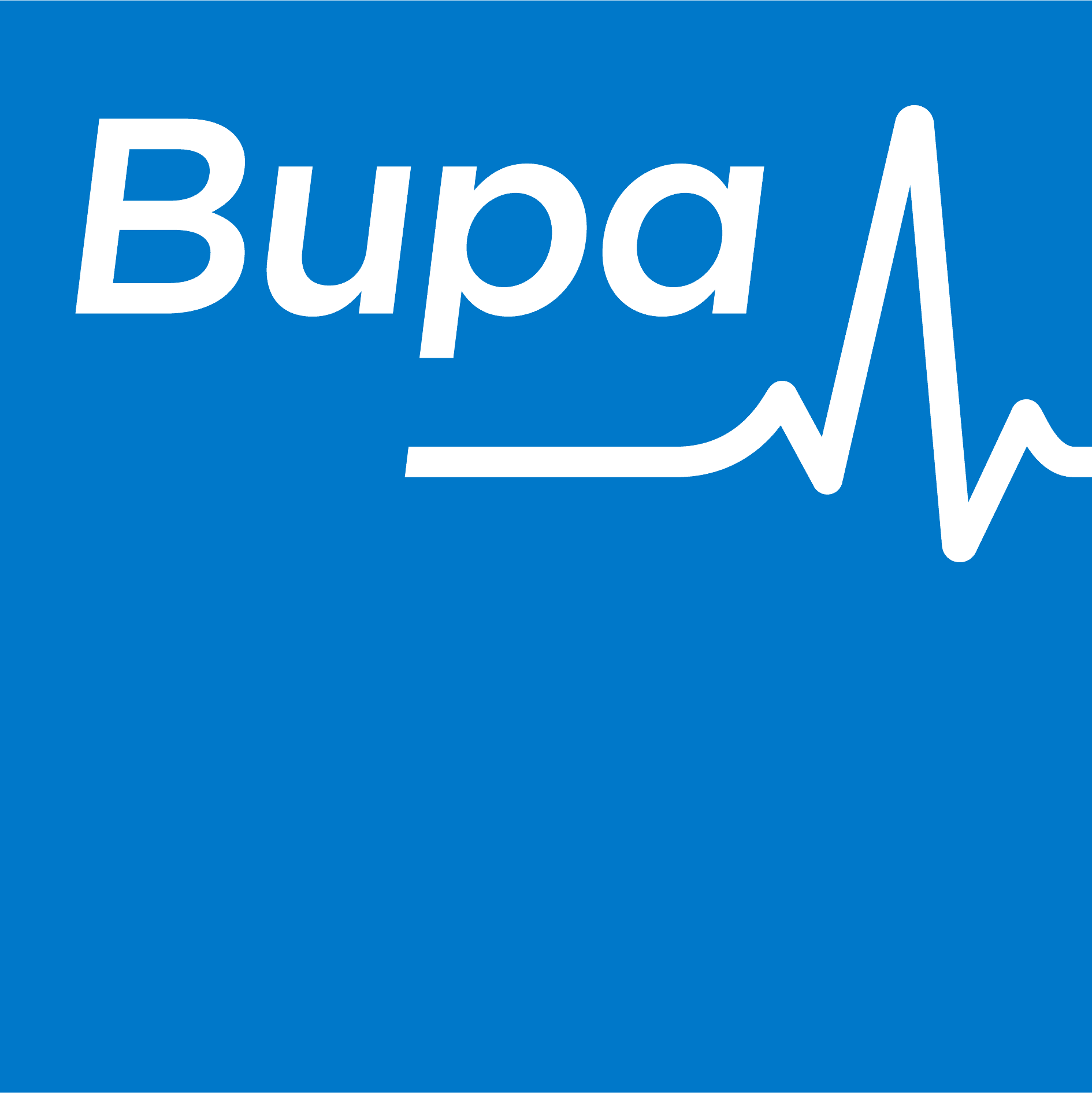Australia’s Medicare health system is considered one of the best in the world, with the
Commonwealth Fund ranking us first overall among ten similar countries in September 2024. The system is partially paid for by Australian taxpayers through the Medicare levy (and Medicare levy surcharge). Working out how much you’ll have to fork out, or if you’re required to pay the surcharge at all, isn’t always straightforward, though.
What is the Medicare levy and how much is it?
The Medicare levy is a compulsory tax paid each year on top of your standard income tax, which assists the funding of Australia’s public health system. It’s set at a standard 2.00% of your taxable income. For example, if you earn a salary of $75,000, you’d be required to pay a levy of $1,500 ($75,000 x 0.02). The higher your taxable income, the more you’ll pay.
If you’re a PAYG employee, your employer may take out an amount each payday to cover the levy. If you’re self-employed, though, you’re responsible for paying the levy in the same way you’d pay income tax.
The ATO automatically calculates how much you’re due to pay when you submit your tax return. However, if you wish to find out how much this might be in advance of submitting your tax return, you can use a rebate calculator.
What is the Medicare levy surcharge?
The Medicare levy surcharge (MLS) is an additional tax you’re required to pay if you don't hold a private hospital cover policy. It only applies to singles who earn over $97,000 each year and families who earn above $194,000. It applies both to you and your dependants, which can include:
- Your spouse
- Any child under 21 years of age
- Any child under 25 years of age who’s a full-time student
How much you’ll have to pay is dependent on your income. It increases from 1.00% to 1.50% of your taxable income as your annual earnings go up. It's important to know that an extras health insurance policy won't help you avoid the surcharge.
The amount you’ll have to pay is laid out by the ATO as follows:*
| Base tier taxable income | Tier 1 Income | Tier 2 Income | Tier 3 Income | |
|---|---|---|---|---|
| Single threshold | Up to $97,000 | $97,001 to $113,000 | $113,001 to $151,000 | $151,001 or more |
| Family threshold | Up to $194,000 | $194,001 to $226,000 | $226,001 to $302,000 | $302,001 or more |
| Medicare levy surcharge rate | 0% | 1% | 1.25% | 1.50% |
| Source: Australian Taxation Office | ||||
*Thresholds and amounts correct as of the 2024-25 financial year, but you should check with the ATO, as changes may occur. The family threshold increases by $1,500 for each dependent child after the first.
How is the Medicare levy different from the Medicare levy surcharge?
Here are the key differences between the two:
- The Medicare levy is charged to all taxpaying Australians (unless you have an exemption, which we’ll explain in a bit), while the MLS is only payable by those who don’t hold adequate private health insurance.
- The Medicare levy is set at 2.00% regardless of what you earn, while the MLS scales based on your earnings.
- The Medicare levy can be automatically deducted from your pay by your employer, while the MLS cannot.
How can I avoid the Medicare levy surcharge?
The simple way to avoid having to pay the MLS is by taking out an appropriate level of private hospital cover. This is defined by the ATO as a policy with a registered health insurer that covers hospital treatment with an excess of up to $750 for singles and up to $1,500 for couples. The cheapest, most basic cover options may be enough to help you avoid paying the MLS, but it’s worth checking with your insurer to be certain.
Additionally, earning a taxable income lower than the threshold for singles and couples means you won’t have to pay it, regardless of whether you have hospital cover. On top of this, you’re generally exempt if you’re a prescribed person who’s exempt from the Medicare levy and don’t have any dependants.
What are the Medicare levy exemptions?
Medical exemptions (Category 1)
To qualify for a Category 1 exemption for part or all of the income year, you must meet both of the following:
- You were a blind pensioner or entitled to full free medical treatment under either Defence Force arrangements or your Veterans’ Affairs Repatriation Health Card
- You satisfy at least one of the requirements related to dependants, which are outlined by the ATO
If you had one dependant who wasn’t in an exemption category but didn’t have to pay the levy, you would be eligible for a half exemption. A family agreement can also be signed if both you and your spouse qualify for an exemption but would otherwise have had to pay the levy. In this case, one would be granted a full exemption and the other would receive a half exemption. You can decide which of you gets which option.
Foreign resident status exemptions (Category 2)
To qualify for a full Category 2 exemption, you must meet one of the following:
- You were a foreign resident for tax purposes for the entire income year
- You were a foreign resident for tax purposes for part of the income year and didn’t have any dependants
- You were a foreign resident for tax purposes for part of the income year and all your dependants qualified for a Medicare levy exemption
Not entitled to receive Medicare benefits (Category 3)
To qualify for a Category 3 exemption, you must meet one of the following:
- You have a Medicare Entitlement Statement stating you weren’t entitled to Medicare benefits as a temporary resident for Medicare purposes and didn’t have any dependants
- You have a Medicare Entitlement Statement stating you weren’t entitled to Medicare benefits as a temporary resident for Medicare purposes and all your dependants qualified for a Medicare levy exemption
- You’re a member of a diplomatic mission or consular post in Australia, weren’t an Australian citizen, don’t typically live in Australia and didn’t have any dependants
- You’re a member of a diplomatic mission or consular post in Australia, weren’t an Australian citizen, don’t typically live in Australia and all your dependants qualified for a Medicare levy exemption
What reductions are available for the Medicare levy?
The levy reductions you may be entitled to as a low income earner are as follows:
- If your annual taxable income is at or below $26,000 as a single person, you won’t have to pay the Medicare levy
- If you’re a senior or pensioner entitled to receive the seniors and pensioners tax offset (SAPTO) and your annual taxable income is at or below $41,089, you won’t have to pay the Medicare levy
- If your annual taxable income is between $26,001 and $32,500 as a single person, the amount you’ll have to pay is reduced
- If you’re a senior or pensioner entitled to receive the SAPTO and your annual taxable income is between $41,090 and $51,361, the amount you’ll have to pay is reduced*
- If your family taxable income is between $43,847 and $54,807, the amount you’ll have to pay is reduced
- If you’re entitled to receive the SAPTO and your family taxable income is between $57,199 and $71,497, the amount you’ll have to pay is reduced**
- The lower family income threshold increases by $4,027 per dependent child, while the upper family income threshold increases by $5,034 per dependent child
*SAPTO entitlement for singles is no longer valid once your rebate income reaches $50,119.
**If your entitlement to SAPTO reduces to zero before you reach the upper limit, a threshold of $54,807 applies.
The benefits of holding private health insurance
-
You won’t have to pay the MLS
As we’ve spoken about, holding appropriate private hospital cover helps you avoid a potentially hefty MLS.
-
Choose your own doctor and treatment time
Hospital cover enables you to choose which doctor treats you and helps you avoid sitting on a public hospital waiting list.
-
Receive treatment in a private hospital
It also gives you access to treatment in a private hospital or a private bed in a public hospital, depending on availability.
-
Save money on the cost of extras treatment
If you need to use the services of dentists, chiropractors, physiotherapists and more, an extras policy could save you hundreds or more on expensive bills.
-
Enjoy a range of other benefits
Many health funds offer other benefits like a phone health line, weight loss or smoking programs and rewards like shopping deals, cheap movie tickets and more.
- Mirror, Mirror
2024: A Portrait of the Failing U.S. Health System – The Commonwealth Fund - Private health
insurance rebate calculator – Australian Taxation Office - Medicare levy
surcharge income, thresholds and rates – Australian Taxation Office - Appropriate level
of private patient hospital cover – Australian Taxation Office - Medical exemption
from Medicare levy – Australian Taxation Office - Foreign residents
Medicare levy exemption – Australian Taxation Office - Not entitled to
Medicare benefits – Australian Taxation Office - Medicare levy
reduction for low-income earners – Australian Taxation Office






